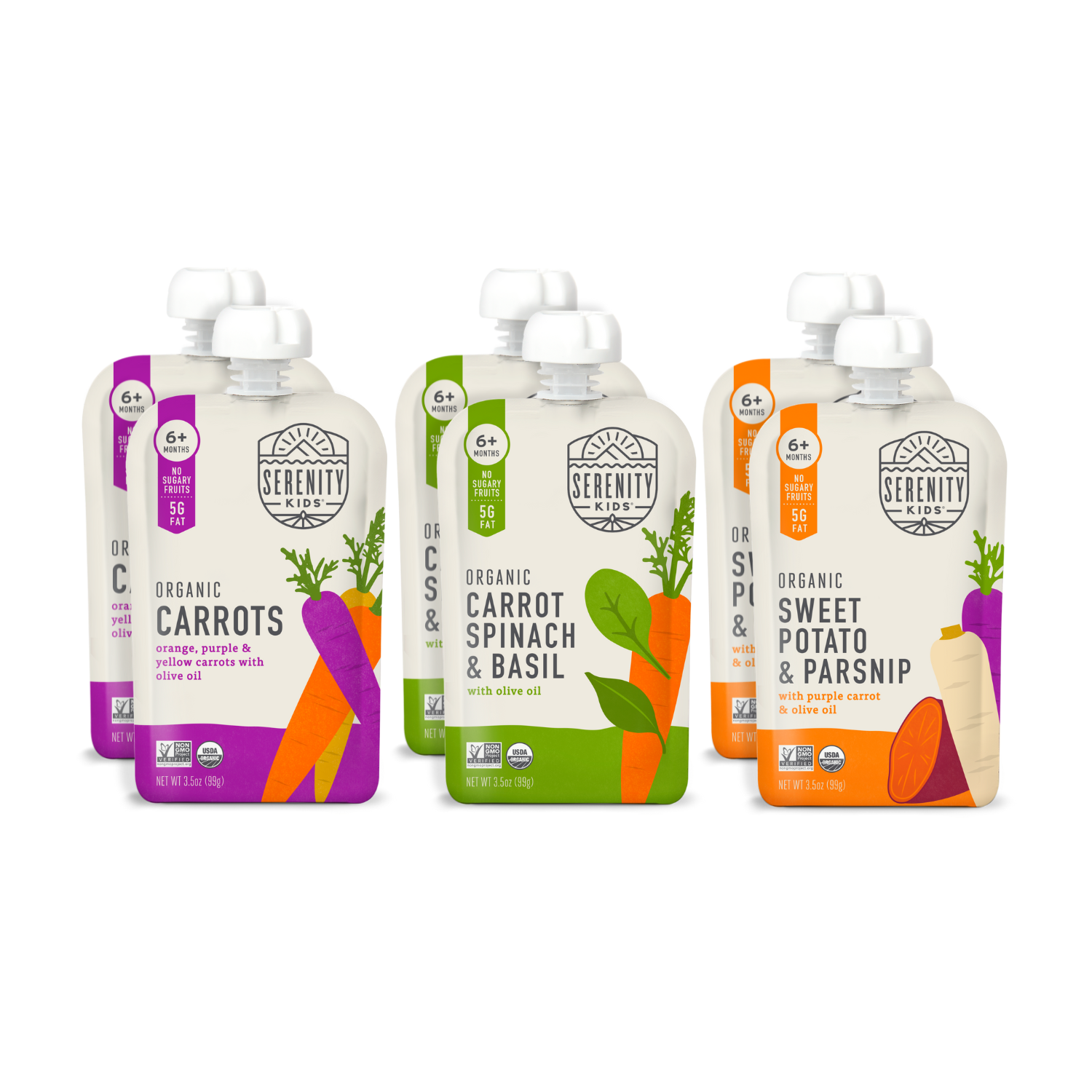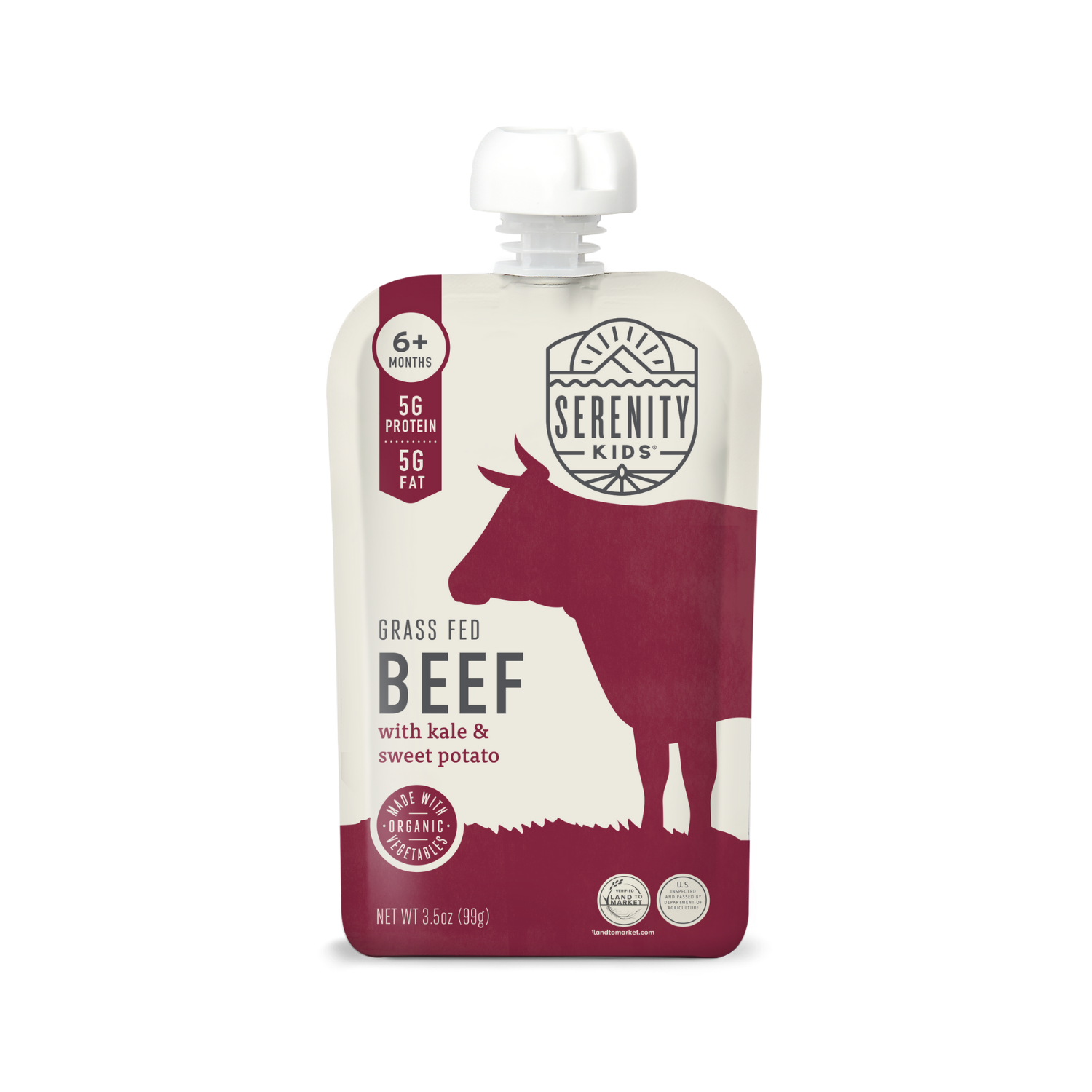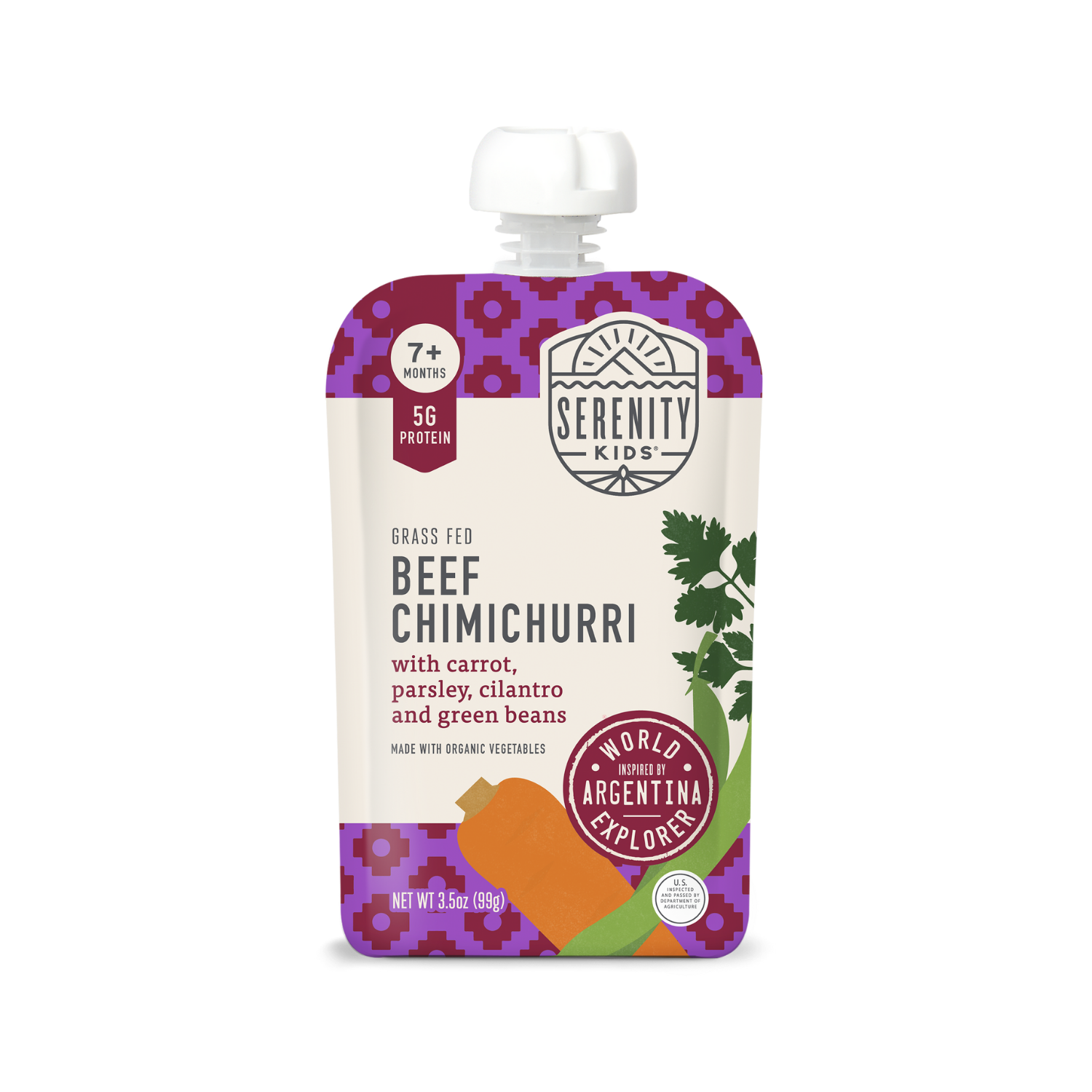As a parent, you might often feel like so much that comes with babies and kids is unpredictable and out of your control. Just as soon as you think you’ve got a rhythm, your little one decides to shake things up and keep you on your toes. But there is one thing that science tells us we do have some amount of control over - your little one’s taste preferences!
The flavors your baby is exposed to early on can shape his or her preferences for life. This period early in life in which taste preferences can be established and adapted is commonly referred to as the “flavor window.”
When is it?
The critical flavor window during which your little one’s tastes are most malleable is between the ages of 6 to 18 months. However, it’s not as if this is the only opportunity you have to influence your little one’s palate. In fact, tastes start to develop when in the womb, when a baby can detect the flavors from foods you eat through amniotic fluid. Palate development continues after delivery when the baby is exposed to flavors through the taste of your breast milk, which changes based on what you eat. Yes, that means what mama eats matters too! So embrace a range of savory flavors - you’ll thank yourself later!
Why does it matter?
So what’s the big deal about this flavor window? While it might not seem like that big of a deal, the truth is, baby’s first foods can determine their flavor preferences and eating habits for life. You read that right! We have a big opportunity to influence taste preferences, which can then influence the health outcomes, of our little ones!
Research suggests that exposure to too many sweet flavors and sugar can lead to picky eating, sugar addiction, and obesity. Dr. Michelle Levitt, Pediatric Obesity Specialist, notes that if infant cereal, fruits, and sweet vegetables are introduced first, this immediately starts altering the palate and the infant, and subsequently the toddler will often prefer sweeter foods and reject savory (more nutritious) foods.
GET SAVORY
The Royal College of Paediatrics and Child Health (RCPCH) acknowledges this as well. The organization published its Prevention Vision for Child Health, outlining priorities and policy recommendations to transform the health and wellbeing of children in the UK. Among the many proposals, the RCPCH report calls on the UK Government to implement limits on the amount of sugars (including those derived from fruit and sweet-tasting vegetables) that baby and infant foods can contain to facilitate exposure of babies to a wider range of taste sensations.
On the contrary, introducing babies to non-sweet tastes like bitter, sour, salty, and umami helps set them up to like foods and veggies with these tastes later in life. They may also be more willing to try new foods and set up for a lifetime of balanced eating.

Now, to be clear, all little ones will enter toddler years and develop opinions and push boundaries around food. This is developmentally appropriate (even if sometimes annoying!). But while a toddler's preferences may change and they may eat a smaller variety of foods than they did as an infant, the benefit of the early exposure of savory flavors is not lost.
Exposing babies to a variety of flavors has been linked to lower obesity rates
“I was a super picky eater as a kid. My mom was used to ordering my hamburgers with ketchup only, I would only eat cheese on my pizza, and I refused to eat pretty much any vegetable. Fast forward 30 years, and my lifetime of unhealthy eating caught up with me in the form of mega heartburn / GERD, and IBS. Those symptoms didn’t go away until I changed my diet by cutting out grains, eliminating processed foods, and adding in lots of veggies. Now that I’m a mom, I want my daughter to try a wide variety of flavors and textures to set her palate up for success later in life,” says Serenity Kids Co-Founder & CEO, Serenity Carr.
How to maximize the flavor window
Now, how do we make the most of this critical flavor window? Here are some tips:
- Spice it up: Herbs and spices are a great way to help prepare kiddos to enjoy healthy adult foods after the puree stage. PLUS, herbs and spices are nutrient-dense themselves, containing a number of micronutrients and additional health benefits. Try ginger, thyme, rosemary, oregano,
- Season differently: Rather than salt, use seasonings like dulse and kelp that are full of savory flavor, plus other important nutrients like iodine.
- Use bone broth: Offer bone broth for sipping and use it in cooking (to braise meats, steam veggies, etc.). It is savory and FULL of health benefits. Check out our liver bone broth recipe!
- Think outside the box: When thinking about foods that your little one might like, don’t just think of typical kid foods. You’d be surprised at some of the flavors little ones respond to. Some strong-flavored foods our daughter Della loved include limes, green olives, Prosciutto, sauerkraut, kombucha, liver bone broth, pork rinds, roam sticks (fermented pastured pork), and mushrooms.
- Scale back on sweet flavors: Humans are hardwired to prefer sweet tastes, and these flavors are already introduced and reinforced through breastmilk and formula, so we don’t need to intentionally introduce sweet flavors.
- Incorporate convenient and savory Serenity Kids options: It’s what we’re all about, after all! Healthy and savory doesn’t have to be time-consuming and stressful when you have these great options:
- Bone broth pouches
- Savory veggie pouches
- Savory meat (and salmon!) pouches
- Bone Broth Puffs (especially our Broccoli & Spinach and Tomato & Mushroom flavors)
- P.S. We have a collection of NEW savory product coming soon (keep an eye out mid-March on social for the announcement!)
INTRODUCE SAVORY FLAVORS
Be sure to keep this important and influential flavor window in mind when it comes time to introduce your little one to solids. The journey will be that much more fun, and they’ll be thanking you for expanding their palate for years to come!
All content within this site is not intended as medical diagnosis or treatment and should not be considered a substitute for, nor does it replace professional medical advice, diagnosis, or treatment. If you have any concerns or questions, you should always consult with a physician or other healthcare professional.
Written by Hillary Bennett.























































